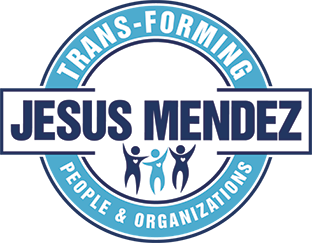A team member’s production went from superstar to detrimental within a few short weeks. What happened for this drastic change? Were there signs? Was it something outside the team? Even though a lot of the obvious things were done, it came down to simply acknowledging one of the elements from SCARF: A brain-based model for collaborating with and influencing others and address the hidden power of STATUS within dealing with individuals within an Agile Team.
Everything was going well with this team member until the day which the role was temporarily changed. The change in their role was determined and agreed upon from the onset of the project and voted by the team. The team member said all the right things but once the change occurred, they changed. It started with a few remarks during daily stand-ups to missing the stand-ups without any real reason. Discussions were had concerning their performance, and different techniques were employed to resolve the issue, but it just seemed to make things worse.
It wasn’t until, I was rereading Sue Johnston’s book that I remembered about SCARF and thought about “Status” as the underlying issue with this individual. It hit me like a ton of bricks that this person and I asked myself why was I so blind.
In my next meeting, we discussed about the role change, and at first they said it wasn’t however by listening to just the words I would have missed the tone in which this person replied. In doing so, I approached it from another angle and since I built trust with this person, they opened up about how their role change, even if temporary, was negatively affecting them. They perceived it as opening a door which would not be closed and it would be permanent. It was an amazing conversation, but now the question would be “how to handle it?”.
The decision would be reliant of the maturity of the team. The issue was brought forward to the team and was handled in two parts:
Part one: individual meeting one on one meeting with the team member to reassure them of their role and their importance to the success of the team and the project.
Part two: have the team reassure the individual of their importance. Depending on the maturity level of the team, this can be key to the reassurance of the team members Status within the team.
What to take away:
- Even if understood, agreed upon from the onset of a project, never take “Status” change for granted
- Need to work with the individual on a continuous basis to ensure the change is temporary
- Depending on team maturity, it is important to involve the team in resolving issues
- Don’t just listen to the words, but everything else that accompanies them such as tone, body language, and the way the words were spoken.
I would highly recommend reading Sue Johnston book called “Talk to me: Workplace Conversations that Work”. She has an amazing talent of keeping you vested in the story while sharing valuable information.
Have you utilized any of the SCARF Model or similar models? Either leave your comments below or connect with Myself (Twitter / Linkedin) or with Jesus Mendez (Twitter / LinkedIn) or
If you are a fan of these articles, please check out Jesus’s book Forming Agile Teams.
We look forward to hearing from you and sharing your stories and experience!
All the best,
Robert



